THE NOTWIST!
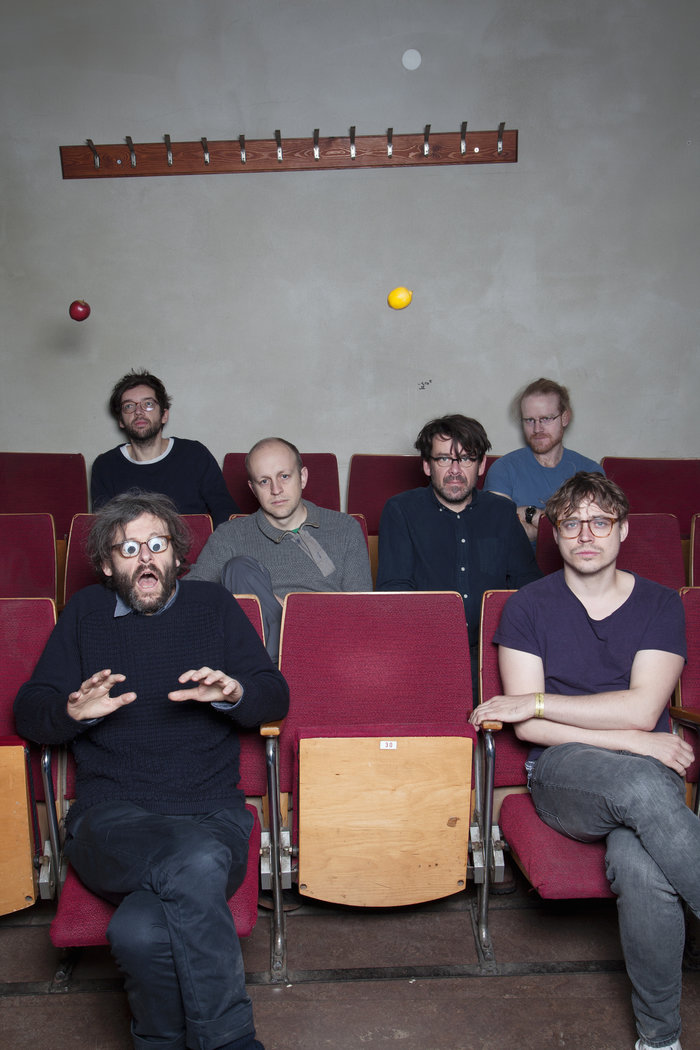

Julian Casablancas approved (Casablancas recently playing the band on his ‘Cult radio show’) German innovators, The Notwist are multi-hyphenates long renowned for their evolving sounds, roaming the realms of electronica whilst probing their fingers on post-rock and even hip-hop collaborations. They have represented a force for musical progression since the release of their eponymous debut LP back in 1991 with some media outlets describing them as the ‘German Radiohead’.
‘Small town-boredom, Catholic Bavaria, Neil Young, the Velvet Underground, and later an encounter with Punk rock and Hardcore’ Marcus explains, are genres which first fueled the young members of Notwist before discovering ‘electronic music, and the endless possibilities, that offer samplers and electronic instruments. The endless fascination of loops and repetition’
‘Notwist how it is now started as the first singer left the band, and I was forced to sing. I never wanted to. I turned up the volume of the guitar’
For The Notwist, it is all about experimenting with their art, incorporating multiple disciplines and methods to make music, which leaves the bands origins ambiguous. Brothers Markus and Michael Acher and friend Martin Messerschmidt started as a punk rock band in 1989 and later moved first to melodic post-hardcore and then to abstract electronics when Martin Gretschmann joined them in 1997.
Their latest full length, ‘Close To The Glass’ is yet another courageous leap into the sky of songs. It is a catchy and unpredictable marriage of playing your heart out on an instrument and the magnetic pulse of precise programming. While the band always creates music ripe with authenticity and mood, we find them now defining their edges with no shortage of bravery or beat. As romantic as it is robotic, ‘Close To The Glass’ is a bottomless collage; part pop song, part science, part band, part story telling and all Notwist. The sturdy glue between the layers of ‘Close To The Glass’ is their newfound synergy as a band, no longer co-writing parts, Markus Micha and Martin have finally found their human form and in some ways, at last, have ‘become’ the Notwist. Along side Max and Andi, they write, re-write, and record songs as one, tapping into the energy they possess on stage, and naturally arriving at the band all their exploratory recorded music had cut out for them.
‘We dreamed ourselves away from germany in our music….to New Zealand, to Glasgow, Oakland or Tokyo…’
The band not only surprise me musically but also within their artistic collaborators, such as Yu Sato and Brian Roettinger with whom designed the art work for the epic record ‘Close to the glass’. ‘Roettinger’ notably created the artwork for the Jay Z-album, ‘Holy Grail’, which seems at odds with six white men from Bavaria but I guess this shows the depth of the bands artistic horizons.
The Notwist seem to promote a strong relationship between all forms of art; music, literature and painting are all big sources of inspiration. “I usually listen to lots of music, and read a lot”, Markus says, “and look at many paintings, as you get a sort of visual idea of the record from them. Like if it’s colourful, and if so, what specific colour it is, or if it’s a collage and so on.’
‘It’s important to always keep in mind, that being online means being off-line with reality, being disconnected with your surroundings.’
The band continue to switch and mutate their methods of creativity, which Marcus fluently elaborated and explained during our conversation, ‘nowadays, it’s more important to limit yourself to just a small amount of instruments and sounds. Me personally, I really like to play the Indian portable harmonium and the acoustic guitar, of course, and play with records…sample and process them.’
Talking to Marcus was nurturing, direct, and currency. Besides being educated further upon the bands creativity and art, Marcus offered his own prime perspective upon the editing world from the experiences he gained, as guest editor for ‘Magnet Mag’. Such sage advice has already provided an ‘atom bomb’ impact upon my work, which I would like to share.
‘No…. Just do what you like and what you really believe in, and don’t let anybody tell you, what’s wrong or right, or what are the so-called rules are.’
What is the story behind the creative being that is Notwist?
Small town-boredom, catholic Bavaria, Neil Young, the Velvet Underground, and later an encounter with Punk rock and Hardcore. Then we discovered electronic music, and the endless possibilities, that offer samplers and electronic instruments. The endless fascination of loops and repetition.
Me personally, I like to buy records, and I am a fan of many bands and scenes and styles, old and new…. That’s a big part of our ‘creativity’, too, I suppose…to be fan of many different music and art in general.
How do you become the ‘Notwist’ and how is the band ‘half way there?’
Notwist how it is now started as the first singer left the band, and I was forced to sing. I never wanted to. I turned up the volume of the guitar, so I didn’t have to listen to my voice…Then the bass-player left, too, and my brother Micha started to play with us.
I hope, we will never arrive anywhere…:)
Did you realise Julian Casablancas has played your track, ‘They follow me’ on his Cult radio show for Sirus?
Oh, no, I didn’t know. That is great!
You guys are best known for the innovative combination of electronica and indie rock showcased in the masterpieces Neon Golden and follow-up The Devil, You + Me (the first full-length without Messerschmidt). What can you tell our readers about those albums?
Neon Golden was our attempt to make a sort of electronic singer-songwriter-album. When in Neon Golden, we tried to make a sound, that goes throughout the record and merges electronic and acoustic elements, on ‘the devil, you + me’ we thought of different layers or tracks, that play simultaneously…an orchestra, electronics, a indie-pop-band, a singer with a guitar, and some more. They blend into each other, or cut in-and-out like a dub-mix. Something, we already had tried on ‘Pilot’ and «this room». Both records took a long time to make, as we really got into trying everything, you can realize in the studio…inviting friends to improvise, and sample small bits of it, making dub-plates of single tracks and play with it, trying lots of instruments and ways of recording. That was fun, but also very time-consuming…
What brought about the build up in the groups line up over the years?
Max was an old friend from Berlin. We knew him from his band ‘Contriva’ and really liked him as a person and as a great musician. So when after Neon Golden we realized, that we would need another instrumentalist to play all the different voices in the songs, we asked him, and that brought a lot into the band. Karl Ivar Refseth, who plays vibraphone and percussion we know from the recordings for ‘the devil,’, where he was part of the Andromeda Mega Express Orchestra. We immediately connected personally and to his playing and he liked our music, too, and he is since then part of the live-band and recordings, but also part of many other projects like Micha’s Alien Ensemble and my project Rayon. Cico Beck replaced Martin Gretschmann, after he left the band, but he also was a friend and colleague before, and also brought new ways of making music and new instruments into the band. The same with the great Andi Haberl, who replaced Martin Messerschmid. We learned a new way of hearing and reacting and improvising with this band. It is still a lot of fun to play with all of them!
‘The sturdy glue between the layers of ‘Close To The Glass’ is their newfound synergy as a band, no longer co-writing parts’ How did the band evolve into writing separately as individuals?
That was just a step-by-step evolution, it came with the years. It’s not so easy sometimes, to keep a certain sound or style, with different composers, but as the Notwist exists for so long now, we are not afraid anymore to sound different from song to song.
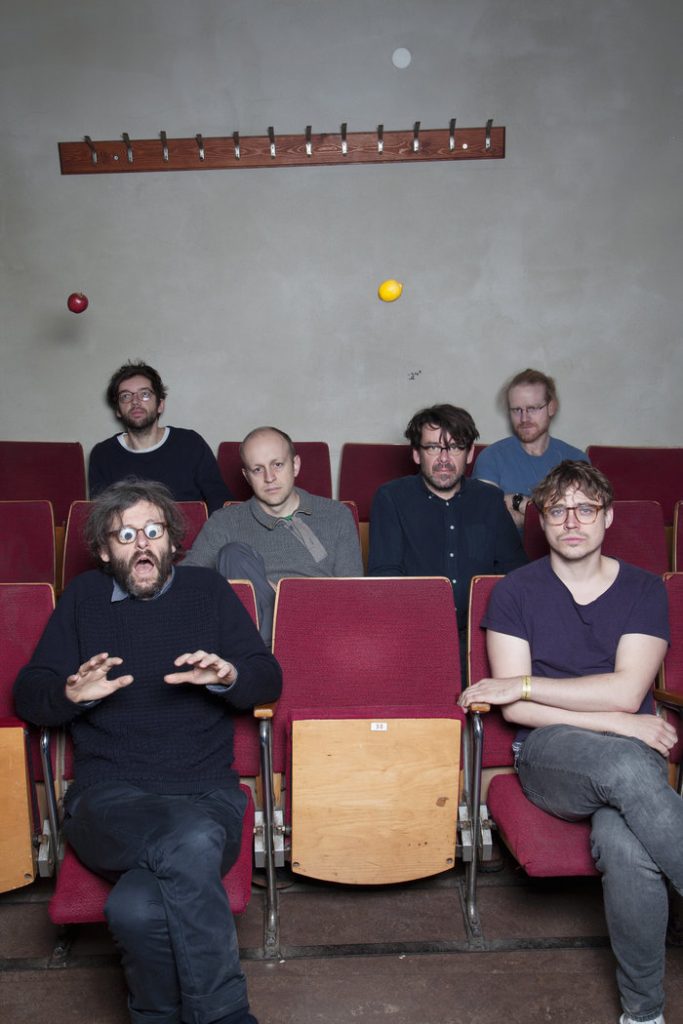
The cool single “Kong” and its video (directed by Japanese film-maker Yu Sato and featuring illustrations from Tim Divall) tell the story of a kid trapped home by a flood dreaming of being rescued by a superhero. What inspired such the song, video and how did you collaborate with Sato on this?
When I was a boy, the river in Weilheim, the smalltown, where Micha and me grew up, over flooded because it rained for a week or so, and we could not go to school anymore, because the streets were flooded.
I was reading a lot of comics at the time, so I imagined a superhero flying from house to house, rescuing people and flying them somewhere else. A sort of mixture of King Kong and superman.
Yu Sato is a friend we know through doseone from 13+god (he made videos for the band subtle). He made videos for Lali Puna, too. He is a great guy, who has always wonderful and surprising ideas, and makes incredibly great animations and drawings. It’s always a pleasure to work with him!
The band seem to promote a strong relationship between all forms of art, and music, literature and painting. Could you please explain what are your big sources of inspiration?
For me personally, art especially, but also literature and films are very important inspirations. Other music is very important, too of course, but if I need help to figure out, where a record or a song or some words could go to, it helps me a lot to look at art books and dive into the world of different artists.
People like Jockum Nordström, Agnes Martin or Jonas Mekas and so many others very often helped me, when I needed an idea, how I can say something 🙂
Is there any specific equipment, tech, and instruments you guys specifically or prefer to use in recordings, rehearsals, jams or live?
No, not really… Nowadays, it’s more important to limit yourself to just a small amount of instruments and sounds. Me personally, I really like to play the Indian portable harmonium and the acoustic guitar, of course, and play with records…sample and process them.
How does much of an influence is Germany upon your work?
It surely is an influence…. but we always tried to be international and uncategorized. We dreamed ourselves away from Germany in our music….to New Zealand, to Glasgow, Oakland or Tokyo…
In what sense does scoring films differ from writing for Notwist?
You can’t do what you want….you have to support the movie. And still try to find your own voice. We really admire people like Francois de Roubaix or Egisto Macchi, who were able to do this.
We do our best 😉
Is there a competitive artistic edge between the bandmates with regards to solo endeavor?
I try not to think that way…. hopefully not.
Along with City Slang in Europe and Sub Pop in the States, The Notwist are signed with Afterhours in Japan and Spunk in Australia. Firstly, why so many labels; how do these labels differ and I guess it is an honor to collaborate with sub pop?
It’s a big honour to be on sub pop, definitely!! We are big fans since we started the Notwist, and they continue to release records, that are genre-defining masterpieces (recently by the Shabazz Palaces for example). Afterhours are friends, who we know for very long, and we are very happy, they licensed our record in japan. They help us (like Spunk for Australia) to find our way to people, who are maybe interested in what we do.
What do you think of the current German music scene?
It differs from city to city. Actually Munich, where we live, has a really great and lively scene at the moment. Despite or maybe just because it’s a rich and conservative city, there’s a lot of really great bands, projects and artists centered around the labels Schamoni records, Echokammer, gutfeeling,our own Alien Transistor, and others. Great bands and artists are: LeRoy, Pacifico Boy / Pico B., G-Rag, Friends of Gas, rumpeln, 1115, Protein, Grexits, the sound of money, Landlergschwister, Anna McCarthy, Dieselqueen, das weisse Pferd, etc…
Who designed the album cover for ‘Close to The Glass’?
Brian Roettinger. We knew him from his cover-art for the great No Age, and a book, he designed about HC-and Punk-7″s. Most people will now know his art from the last Jay Z-album, I think 😉
It was a big honour, that he took his time and made the cover-art. We are very happy with it!
Do you feel that social media is positive?
Yes, positive and negative. It wouldn’t be possible, to connect and communicate with people in the states, Japan or Korea…what we can do now for our label. We became friends in real live, too, and can stay in contact over these networks, which wouldn’t be possible or very difficult without it.
But on the other hand, it’s important to always keep in mind, that being online means being off-line with reality, being disconnected with your surroundings.
You can get addicted to the ‘successes’, the likes or reposts or followers, that social networks give you and forget about having noone in your real life.
Markus, you were guest editor for Magnet Mag. Could you offer any advice for our team at ASU?
No…. Just do what you like and what you really believe in, and don’t let anybody tell you, what’s wrong or right, or what are the so-called rules are 🙂

CONTACT
https://www.facebook.com/pg/thenotwist/about/
- NEW FRIES! - 08/21/2020
- MR STERILE! - 06/08/2020
- DELILUH! - 01/01/2020

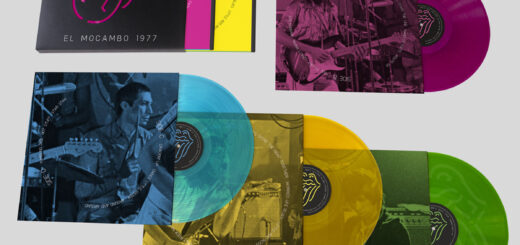
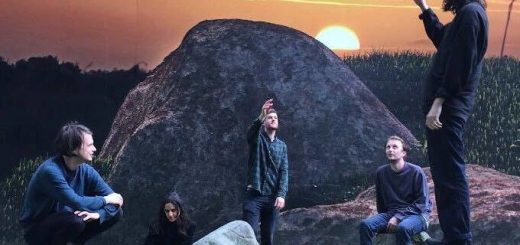
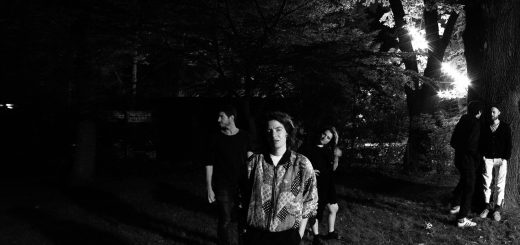
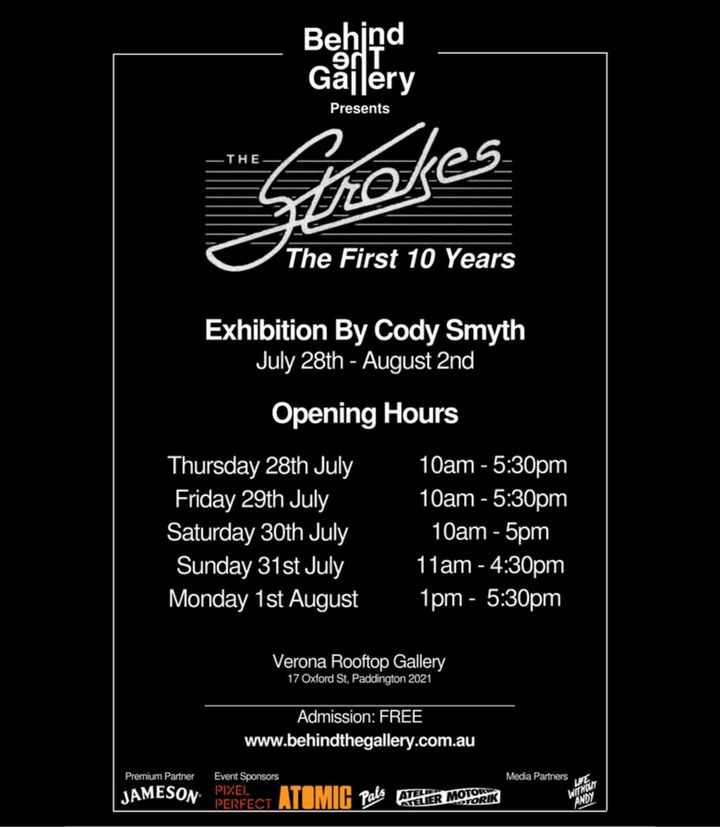
Comentarios recientes